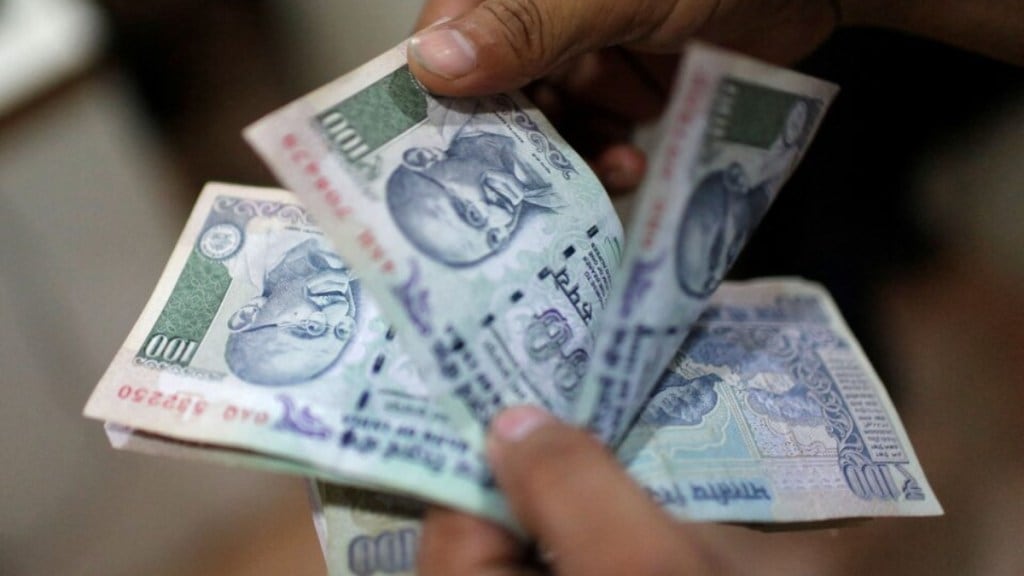Domestic microfinance lenders are increasingly borrowing overseas, capitalising on easing liquidity, attractive long-term loan rates, and growing interest from global investors in India’s microfinance sector.
Last week, Kochi-based Muthoot Microfinance said its $25-million fundraise through external commercial borrowings (ECBs) with a greenshoe option was oversubscribed to $38 million by a host of foreign investors. This follows an initial fundraise of $75 million in March. In total, the company raised $113 million (around Rs 950 crore) in ECBs, closing the issue well before the June month-end due date.
ECBs are funds borrowed by Indian entities from foreign sources, typically in the form of loans or debt instruments. These loans are subject to regulations set by the Reserve Bank of India (RBI) and are often used to access cheaper financing options and diversify funding sources.
Muthoot Microfinance isn’t alone. Delhi-based Fusion Microfinance secured $25 million (Rs 209 crore) in ECB loans from US International DFC last month, while Chennai-based Dvara KGFS, focused on microlending, raised nearly $40 million (around Rs 335 crore) from global impact investors in the past six months.
Sadaf Sayeed, CEO, Muthoot Microfinance, sees the longer tenure and attractive interest rates of ECBs as key advantages compared with domestic borrowing through banks or bond issuance. “ECBs are for a minimum tenure of three years, whereas microfinance loans are mostly for two years. Borrowing for 3-5 years aids better asset-liability management for microfinance players,” Sayeed told FE.
Unlike bank borrowings, ECBs come with bullet repayment, meaning the loan is repaid at the end of the tenure. This helps microfin firms improve cash flow and use their collections to build their portfolios, as repayments are made only at the end of the loan tenure.
RBI data show ECB fundraising by microfin entities jumped fivefold year-on-year to a record high of $388 million (around Rs 3,500 crore) in FY24.
Balakrishna Kamath, chief financial officer (CFO) at CreditAccess Grameen, stressed the importance of a diversified funding profile to support credit opportunities in rural India. The Bengaluru-based institution raised $212 million in ECBs, the highest among microfinance entities, in the previous fiscal. He highlighted that ECBs enable diversification of borrowing sources and provide long-term funding.
However, ECBs still constitute a small portion of the overall borrowing portfolio, according to data from the Microfinance Institutions Network. As of March 2024, the total outstanding borrowings of the microfinance sector stood at Rs 1.11 trillion. Bank loans comprised 61%, NBFCs 20%, All India Financial Institutions 10%, and ECBs 6%, up from less than 1% in FY20.
Shilpa Bhatter, CFO of Dvara KGFS, pointed out that most foreign investors in the microfinance space are impact investors focused on financial inclusion, women’s empowerment, rural entrepreneurship, and the development of micro and small enterprises. “Their objectives align with those of microfinance lenders, leading to a strong partnership,” she added.
She also noted that, in some cases, domestic borrowing costs are 50-100 basis points higher than overseas borrowing costs, including hedging.
For instance, Muthoot Microfinance raised $38 million with a three-year and three-month maturity at a blended cost of 9.58%, benchmarked to a three-month term secured overnight financing rate (SOFR) with a margin of 2.85%.
“Unless you’re an AAA-rated company, domestic NCD issuance costs around 10.5-11%, a 100 bps difference,” Sayeed said.


